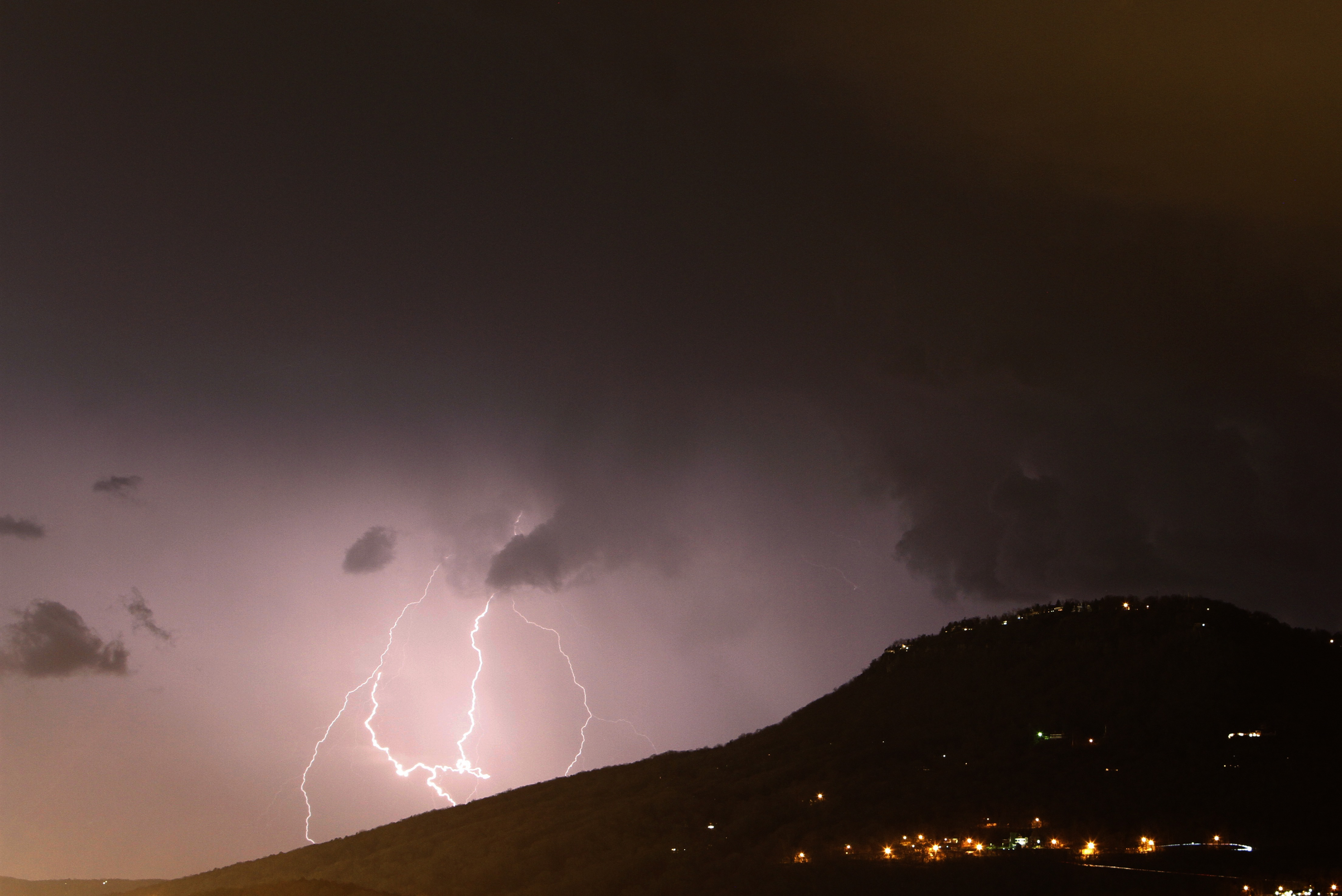Lightning strikes pose a serious danger that result in wildfires, destruction of homes, apartments, businesses and manufacturing facilities. Even worse, these fires pose a serious danger to people, firefighters and other rescuers, and employees of an affected business.
There is more to be concerned about. According to the Insurance Information Institute (I.I.I.), the number of lightning strikes per month begins to rise in March and do not subside until September.
Here's a broad view of the problem as reported by the National Fire Protection Association (NFPA):
Lightning Fires in Residential Vs. Non-Residential Properties
During 2004 to 2008, U.S. local fire departments responded to an average of 24,600 fires per year that were started by lightning. These fires caused an average of 12 civilian deaths and $407 million in direct property damage per year, according to the NFPA. Home fires accounted for 18 percent of the lightning fires, fires in non-residential structures, including businesses and other non-residential properties accounted for 7 percent; vehicle fires accounted for 1 percent. The remaining 74 percent were in outdoor and unclassified properties.
Lightning fires in non-residential properties caused an average of $90 million in direct property damage each year from 2004 to 2008, according to the survey. The average annual damage in non-residential properties includes:
- $21 million in storage facilities.
- $19 million in places of assembly, such as houses of worship and restaurants.
- $18 million in non-home residential properties such as hotels and motels.
- $15 million in mercantile and business properties such as offices, specialty shops and department stores.
- $10 million in industrial and manufacturing facilities.
- The remainder was in outside properties ($3 million) and educational and healthcare facilities ($4 billion).
From a safety perspective, the National Weather Service reports that in 2010, there were 29 fatalities in the U.S., Puerto Rico, Guam and the Virgin Islands. Additionally, there were 182 injuries reported and total damages estimated to be $71.58 million.
Insurers reported in 2010 203,278 claims paid to policyholders, $1.033.5 billion in insured losses and an average cost-per-claim of $4,846, according to the I.I.I.
Here's another way to view the numbers closer to home. While Texas, Florida, Tennessee and North Carolina were in the top tier of fire fatalities ranging between from 212 in Texas to 129 in Pennsylvania, Georgia, Alabama, Mississippi and South Carolina were in the second tier ranging from 110 in Alabama to 98 in South Carolina. Georgia posted 109 fatalities during the period.
Weather incidents involving strong thunderstorms and heavy lightning appear to be rising across both the Midwest and Southeast. That provides a strong reminder that homeowners and renters should make sure that smoke detectors are working at all times. Additionally, evacuation plans should be a top priority to residents.
That becomes even more important when children or the elderly are a part of the family group.
Insurers often talk to their policyholders about the need for disaster plans, but evacuation can be complicated and should be a top priority for everyone.
David Colmans is the executive director of the Georgia Insurance Information Service. Contact him at (770) 565-3806 or by email at dcolmans@giis.org.
